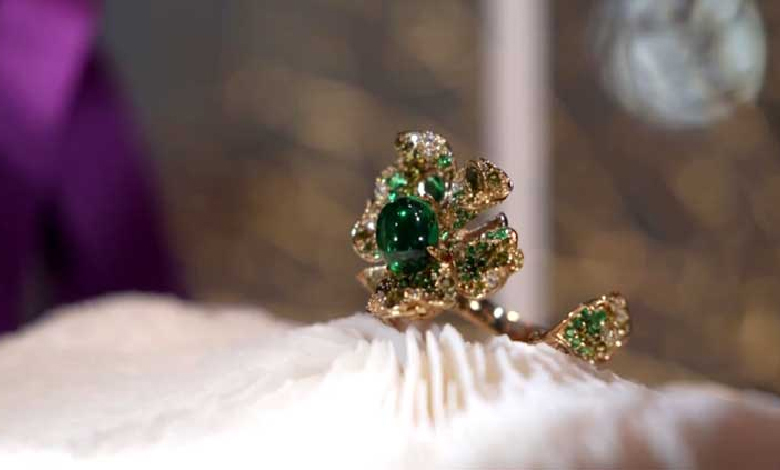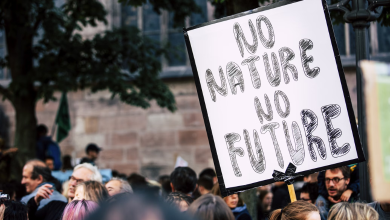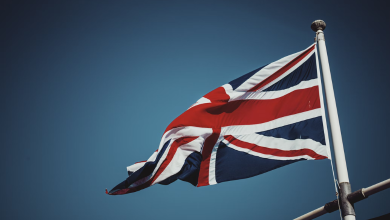Natural Diamonds or Lab-grown Ones: Exploring The Notable Blend Of Science and Art

For some, a natural diamond that takes billions of years to take shape is the ultimate sign of luxury. But a group of other consumers are likely to find laboratory-grown gems more precious, including an award-winning British designer Anabela Chan.
Her designs rely on lab-grown diamonds, metal from recycled cans and pearls from regenerative farming techniques. She ruled the “Game Changer” category at the British Luxury Awards in November. In addition, her company is also believed to have seen strong demand.
Lab-grown Jewellery Market Recording Incredible Growth
Chan said she chose her materials after noting the poor conditions in diamond mines. “These are some of the most precious and valuable commodities in the world, that just didn’t make any sense to me,” she said in her Knightsbridge boutique in Central London.
Another point of difference can be sustainability. The British designer relies on suppliers who use technology to capture carbon dioxide emissions that would otherwise be released into the atmosphere in order to make diamonds.
Edahn Golan Diamond Research & Data says the lab-grown jewellery market has recorded an annual growth of 20% in recent years, driving global profits to a staggering $15 billion. So, let’s be honest – lab-grown gems are a more sustainable choice.
Mined diamonds have significant impacts on a number of things, including resource consumption, water quality, biodiversity, seabed and marine life, air quality, and soil quality and agriculture. Plus, there have been several cases of human rights violations.
The Only 100% Sustainable Diamond
The list of hazards in diamond mining is extensive, ranging from mine explosions trapping miners and equipment accidents to illnesses such as tuberculosis, slow poisoning, permanent hearing loss and increased cancer risk.
Read More: How Is A Land-based Laboratory In The UAE Helping Save Coral Reefs?
In addition, there are other issues such as child labour and exploitation. Nonetheless, it appears the only 100% sustainable diamond is the one that’s already in circulation. It can be an heirloom diamond, an estate diamond or any diamond that’s secondhand.



